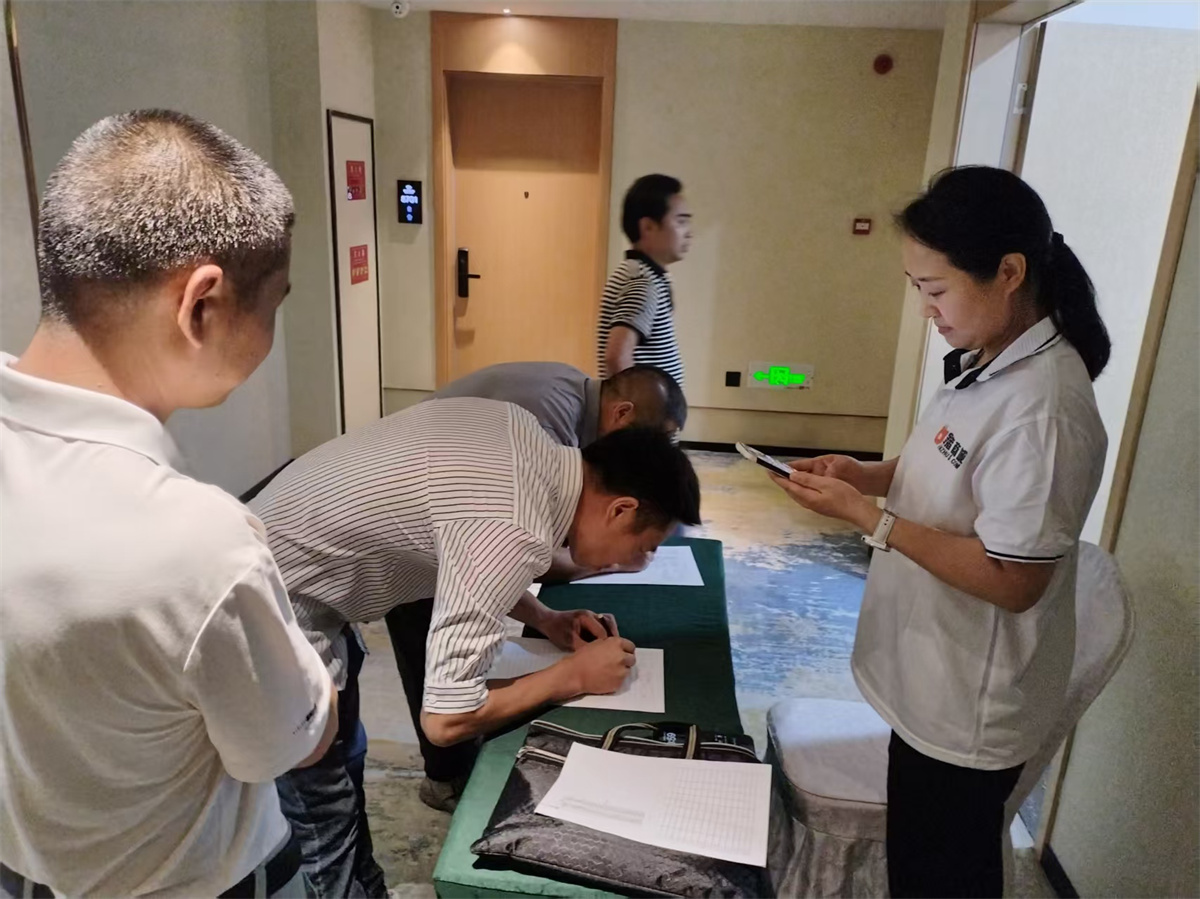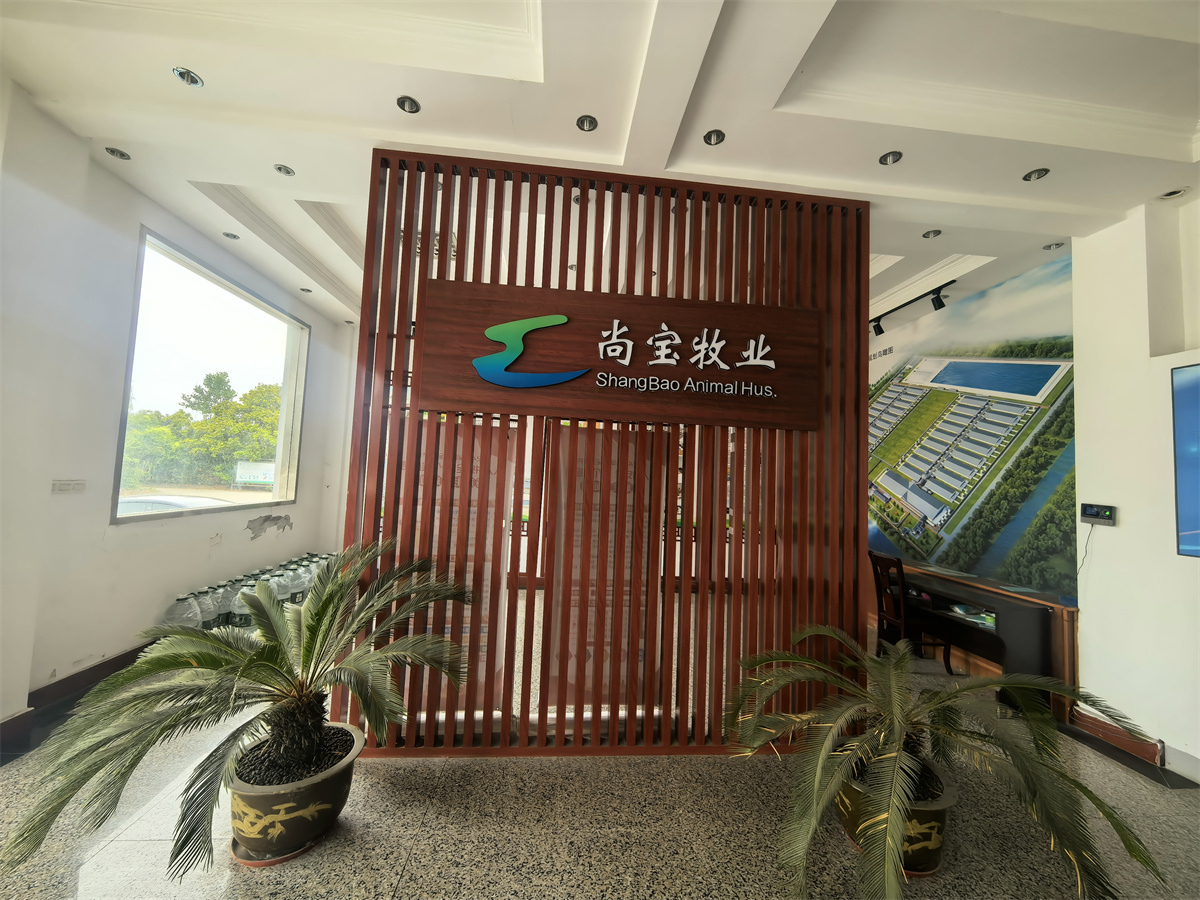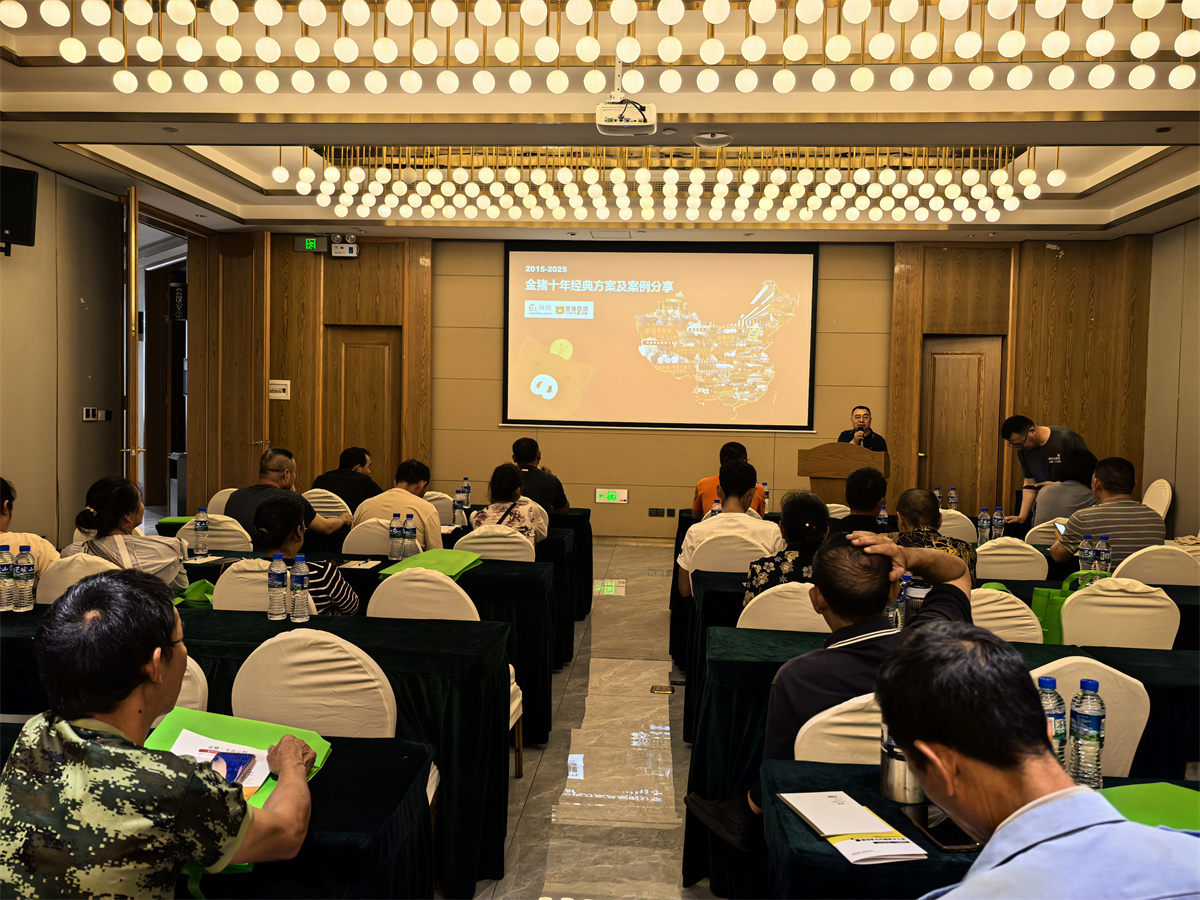“病从口入”--不仅仅意味着消化道疾病可以通过饲料摄入这一途径入侵,其他疫病也可以通过饲料或者饲料运输途径进入猪群,本文从饲料原料来源、饲料加工、饲料厂管理、饲料储存、饲料运输多个环节描述疫病传入的风险,汇总多个病原的研究包括口蹄疫病毒(FMDv)、非洲猪瘟病毒(ASFv)、流行性腹泻病毒(PEDv)在饲料原料及相关储存环节中携带、存活的时间,并针对不同环节提出了对应的措施。作为整个防疫系统中的重要一环,饲料相关风险必须关注。详实内容,敬请参考《减少病原体通过饲料传播风险的策略》。
减少病原体通过饲料传播风险的策略(上)
Strategies to minimize the risk of pathogen spread via feed-Part 1
作者Authors:<<
Cassandra Jones
Jordan Gebhardt
Jason Woodworth
Chad Paulk
美国堪萨斯州立大学动物科学与工业学系
Department of Animal Sciences&Industry,Kansas State University,Manhattan,Kansas,USA.
引入Introduction<<
随着非洲猪瘟病毒(ASFV)继续在东南亚传播,典型猪瘟病毒(CSFV)在日本境内蔓延,以及来自中国的口蹄疫病毒(FMDV)报告不断,人们越来越担心外来动物疾病(Foreign Animal Disease)可能进入以前从未感染过这些疾病的地区。这些疾病的继续入境不仅会对全球养猪业造成毁灭性打击,也会对那些生产猪饲料和原料的企业造成毁灭性打击。联合国粮农组织在其2019年5月的食品展望报告中指出,中国广东省的猪饲料销售下降了10%至50%,而山东省的猪饲料产量仅为2018年的67%(粮农组织,2019年)。
As African swine fever virus(ASFV)continues to spread across Southeast Asia,classical swine fever virus(CSFV)expands within Japan,and foot and mouth disease virus(FMDV)reports continue from China,there is increased concern that foreign animal disease(FOREIGN ANIMAL DISEASE)may enter previously naïve areas.Their continued entry would be devastating to the global swine industry,but also to those that produce feed and ingredients fed to pigs.In their May 2019 Food Outlook Report,the Food and Agriculture Organization of the United Nations reported that pig feed sales were down 10 to 50%in the Guangdong Province of China,and pig feed production in the Shandong Province was only 67%of the volume of 2018(FAO,2019).
外来动物疾病通过饲料原料入境的风险
Risks for Foreign Animal Disease Entry through Ingredients<<
外国动物疾病进入之前从未感染过地区的潜在途径有很多,而饲料原料只是其中之一。许多国家正在采取措施,通过更直接的方法限制入境,例如管制活体动物的进口或走私猪肉产品,而饲料行业有责任尽量减少外国动物疾病通过饲料运输工具入境的可能性。若要发生外来动物疾病通过某种原料入境的事件,则需要有初始污染事件、病毒在运输过程中存活以及接触或摄入能够引起传染性的剂量的病毒。
There are many potential routes for FOREIGN ANIMAL DISEASE entry into naïve areas,with ingredients being just one.Many entities are taking steps to limit entry through more direct methods,such as regulating the importation of live animals or smuggling of pork products,but it is the responsibility of the feed industry to minimize the potential for FOREIGN ANIMAL DISEASE entry through a feed vehicle.For FOREIGN ANIMAL DISEASE entry via an ingredient to occur,there would need to be an initial contamination event,virus survival during transport,and consumption of virus at a dose that is capable of causing infectivity.
饲料原料的污染
Contamination of an Ingredient<<
通过饲料供应链引入外来动物疾病的例子有几个。FMDV进入日本和韩国都与饲料有关(Sugiura et al.,2001;Park et al.,2014)。用从野猪感染典型猪瘟的地区收获的青贮饲料喂猪也已导致此前从未感染过的猪患病(Ribbens et al.,2004)。就在五年前,猪流行性腹泻病毒(PEDV)首次在美国养猪业迅速传播,造成27个州仔猪高死亡率。PEDV进入美国的根本原因调查得出的结论是,最有可能的原因是来自中国的饲料或者饲料原料吨袋(聚乙烯材料)(USDA 2015)。用受污染的饲料喂猪已被归类为传播ASFV的危险因素(EFSA,2014;Belyanin,2013)。该报告记录了俄罗斯报告的284起疫情中的35%与饲料有关。据报告,在俄罗斯发生的284起ASFV疫情中,有35%与受污染的商品饲料有关。最近,有报告指出,中国现代化饲料厂检测的饲料原料中有1-2%为ASFV阳性,包括玉米、豆粕、大米、小麦和含可溶性的玉米干酒糟(Dee and Niederwerder,2019)。塞内卡病毒A(SVA)是一种猪病原体,能引起与FMDV类似的临床症状,在美国的猪生产中流行,最近在巴西也被发现通过被塞内卡病毒A污染的饲料原料和饲料传播(Leme et al.,2019)。病毒进入饲料的来源通常是被外来动物疾病污染的粪便,这些粪便可能在谷物干燥或原料运输过程中通过交叉污染进入原料。另外,在我们团队与越南的一个养猪体系的合作中,收集到的40份饲料或原料样本中没有一份含有可检测到的ASFV DNA。值得注意的是,这个生产体系中的所有饲料厂都使用了甲醛基添加剂。这些对比的案例表明,ASFV在饲料原料中的流行和分布有明显的差异,在评估饲料原料污染时必须考虑许多因素。
Several examples of introduction of FOREIGN ANIMAL DISEASE via the feed supply chain exist.Introduction of FMDV into Japan and South Korea have both been linked to feedstuffs(Sugiura et al.,2001;Park et al.,2014).The feeding of silage that was harvested from areas with wild boars infected with CSFV has led to illness in naïve pigs(Ribbens et al.,2004).Just five years ago,porcine epidemic diarrhea virus(PEDV)was rapidly spreading throughout the U.S.swine industry for the first time,causing high mortality in young piglets in 27 states.The root cause investigation for PEDV entry in the USA concluded the most likely cause was 1-ton polyethylene tote bags containing feed or ingredients from China(USDA 2015).Feeding contaminated feed has been categorized as a risk factor for ASFV transmission(EFSA,2014;Belyanin,2013).This report documented feed being associated with 35%of 284 reported outbreaks in Russia.Contaminated feed has been reported that 35%of the 284 ASFV outbreaks in Russia were linked to contaminated commercial feed.More recently,reports indicate that 1 to 2%of tested ingredients from modern Chinese feed mills were ASFV-positive,including corn,soybean meal,rice,wheat,and corn dried distillers grains with solubles(Dee and Niederwerder,2019).Senecavirus A(SVA),a swine pathogen that causes similar clinical signs as FMDV,is endemic in swine production systems in the U.S.and was recently found to be spread via SVA-contaminated ingredients and feed in Brazil(Leme et al.,2019).The source of virus entry into the feedstuff is oftentimes FOREIGN ANIMAL DISEASE-containing feces,which may be introduced into the ingredient through cross-contamination during grain drying or ingredient transportation.Alternatively,in our team’s work with a swine production system in Vietnam,none of the 40 feed or ingredient samples collected contained detectable ASFV DNA.Notably,the feed mills in this production system were all using a formaldehyde-based additive.These contrasting cases illustrate that there are clearly differences in the prevalence and distribution of ASFV in ingredients,and many factors must be considered when evaluating ingredient contamination.
病毒在运输过程中以能引起感染的浓度存活
Virus Survival during Transport at Concentrations Capable of Causing Infection<<
Dee等人(2018)证实了FMDV(通过塞内卡病毒作为替代物)和ASFV的理论存活,而CSFV似乎在运输中同样有可能存活。Niederwerder等人(2019)报道,猪在食用被ASFV污染的饲料时,一次(一餐)摄入100克含ASFV(104 TCID50/g)的饲料就会感染。通过对该数据建模,预计猪摄入30次(餐)顿含有低剂量ASFV(100 TCID50/g)的饲料就会导致显著的感染概率。饲料工业设备和工艺旨在高效地将被低度污染的产品均匀地混合在整批饲料中,然后以相同的方式提供给一个同一地点饲养的多头猪,每次的饲料均匀一致。如果ASFV或其他外来动物疾病进入饲料供应链,并混合到一批饲料中,结果可能是对多个畜群造成灾难性的感染。例如,Schumacher等人(2016)报道,如果一头感染了猪流行性腹泻病毒(porcine epidemic diarrhea virus,PEDV)的急性感染猪的1 g粪便进入接收坑,就可能会污染500吨饲料,而每一克都足以引起感染。这相当于20辆24吨的饲料卡车,全部装载有传染性的饲料被运送到不同的生产设施。同时,病毒的进入也污染了饲料生产设备。2017年,Schumacher等人报道,PEDV进入一个小型饲料厂导致近100%的表面被污染,包括非接触面,如墙壁和地板。最后,Huss等人(2017)报告称,对被病毒污染的饲料加工厂进行的清洁程序必需包括清洗和消毒以完全去除有机物质,然后用戊二醛进行水洗,再用漂白剂消毒。饲料生产不是为这种清洁和消毒而设计的,所以首要重点必须是防止致病性病毒进入饲料加工厂。这包括对原料来源和运输的关注。ASFV的潜伏期为5至21天,在动物接触到病毒后,潜伏期最长可达3周。在此期间,饲料供应链可能会在不知不觉中传播病毒。因此,必须快速采取的行动,以防止饲料厂成为交叉污染的来源。
Theoretical survival of FMDV(via a Senecavirus A surrogate)and ASFV has been demonstrated by Dee et al.(2018),while CSFV does appear to be as likely to survive transportation.Niederwerder et al.(2019)reported that pigs consuming ASFV-contaminated feed can become infected when consuming a single 100 g meal of feed containing a single dose of ASFV(104 TCID50/g)ASFV.By modelling this data,it is expected exposure of pigs to 30 meals containing a low dose of ASFV(100 TCID50/g)will lead to a significant probability of infection.Feed industry equipment and processes are designed to efficiently mix low inclusion products uniformly throughout a batch of feed,and then deliver feed in a method that provides multiple meals with the same consistency to many pigs housed in the same location.If ASFV or another FOREIGN ANIMAL DISEASE enters the feed supply chain and is mixed into a batch of feed,the results could be catastrophic contamination across multiple herds.For example,Schumacher et al.(2016)reported that if 1 g of feces from an acutely infected pig with porcine epidemic diarrhea virus(PEDV)entered a receiving pit,it could potentially contaminate 500 metric tons of feed,with each gram having a dose capable of causing infectivity.That is the equivalent of twenty 24-ton feed trucks,all carrying infectious material to different facilities.Simultaneously,the entry causes contamination of the feed manufacturing equipment.In 2017,Schumacher et al.reported that entry of PEDV into a feed mill leads to nearly 100%of surfaces being contaminated,including non-contact surfaces such as walls and floors.Finally,Huss et al.(2017)reported that the cleaning and disinfection necessary to sanitize a virus-contaminated feed mill includes complete organic material removal,followed by wet-cleaning with a glutaraldehyde and later bleach sanitizer.The feed industry is not designed for this type of cleaning and disinfection,so the primary focus must be on keeping pathogenic viruses out of feed mills.This includes a focus on both the source of the ingredients,but also their transportation.The incubation period for ASFV is 5 to 21 days and it may be up to 3 weeks after an animal is exposed before signs of the disease occur.During this time,the feed supply chain may be unknowingly transmitting virus.Therefore,strenuous actions are necessary to prevent feed mills from being a source of cross-contamination.
对于猪饲料生产商尽量减少ASFV和其他外来动物疾病通过饲料供应链进入和传播的可能性的建议:
Recommendations for Swine Feed Manufacturers to Minimize the Potential for ASFV and other FOREIGN ANIMAL DISEASE Entry and Transmission via the Feed Supply Chain:
1.了解你的供应商。能够了解进入饲料厂的原料的供应商是很关键的。这一过程有助于保持整个饲料供应链的透明度。在一些饲料厂中,采购是独立于质量控制和饲料安全的。这些需要与制衡系统充分结合起来,以确保使用最经济的原料,但前提是这些原料不构成疾病进入的潜在风险。对饲料供应链的了解范围上至饲料原料生产地,下至通过运输到饲料厂,包括任何中间机构或混合地点。
Know your supplier.It is key that facilities can identify the supplier of the ingredients coming into their facility.This process helps maintain transparency across the feed supply chain.In some facilities,procurement is independent from quality control and feed safety.These need to be fully integrated,with a system for checks and balances to ensure that the most economical ingredients are used,but only if they are not a potential risk for disease entry.Knowledge of the ingredients supply chain should extend from the point of ingredient manufacture through transportation to the feed mill,including any intermediaries or blending locations.
2.不要使用来自有外来动物疾病地区的谷物或油籽(或由此产生的食物)。为多个物种生产饲料的饲料厂应该对整个饲料厂遵循这一原则,而不仅仅是针对猪饲料。例如,据报道,为扩繁母猪场生产饲料的饲料厂也会生产有机乳制品饲料,并且使用从中国进口的有机豆粕(只用于乳制品饲料)。由于存在批次之间和对环境污染的可能性,这些高风险的原料决不能在饲料厂使用。
Do not use grains or oilseeds(or their resultant meals)from regions with foreign animal disease.Feed mills manufacturing feed for multiple species should follow this for the entire mill,not just exclude it from swine feed.For example,it has been reported that mills manufacturing feed for sow multiplication facilities are also manufacturing organic dairy feed,with imported organic soybean meal from China being used only in dairy feed.Because of the potential for batch-to-batch and environmental contamination,these high-risk ingredients should be excluded from the mill altogether.
(审核编辑: 猪猪侠)





















